Programming, problem solving, and algorithms
CPSC 203, 2025 W1
October 28, 2025
Announcements
Voronoi Diagrams Fin
Pointillism

Voronoi Art
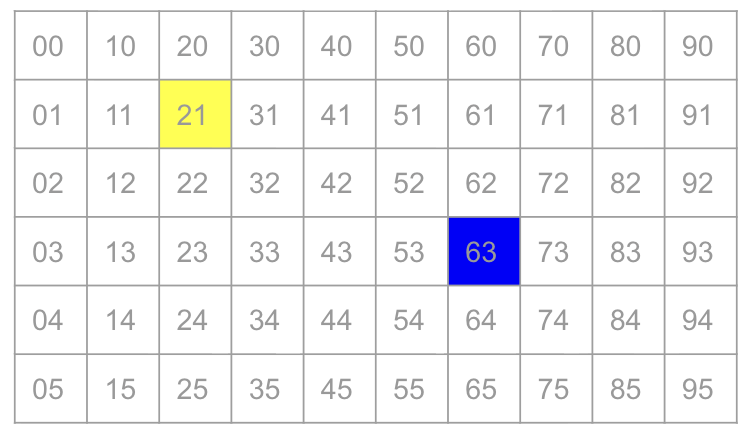
- enqueue the centers
- while the queue is not empty:
- v = dequeue
- for each valid neighbor w of v:
- process w
- enqueue w
Demo
Analysis
How much work is done? Let \(n\) denote the size of the image, \(n = width \cdot height\)
Read image:
Choose centers:
Build new image:
- Write out new image:
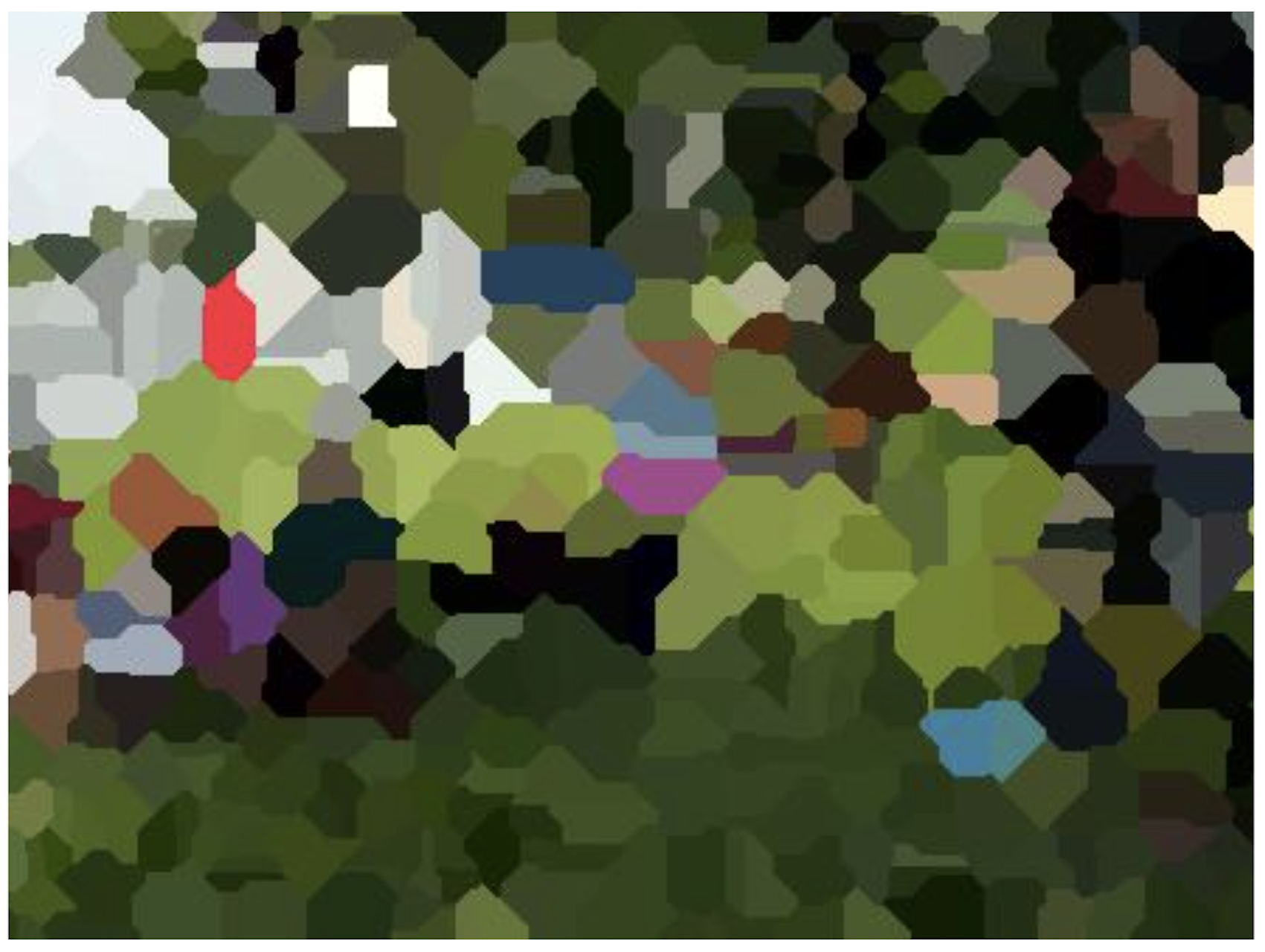
Analysis Continued
We evaluate algorithms by looking at how their running times change as a function of the input size (n).
Loosely, algorithm A is faster than algorithm B if A’s running time is eventually less than B’s.
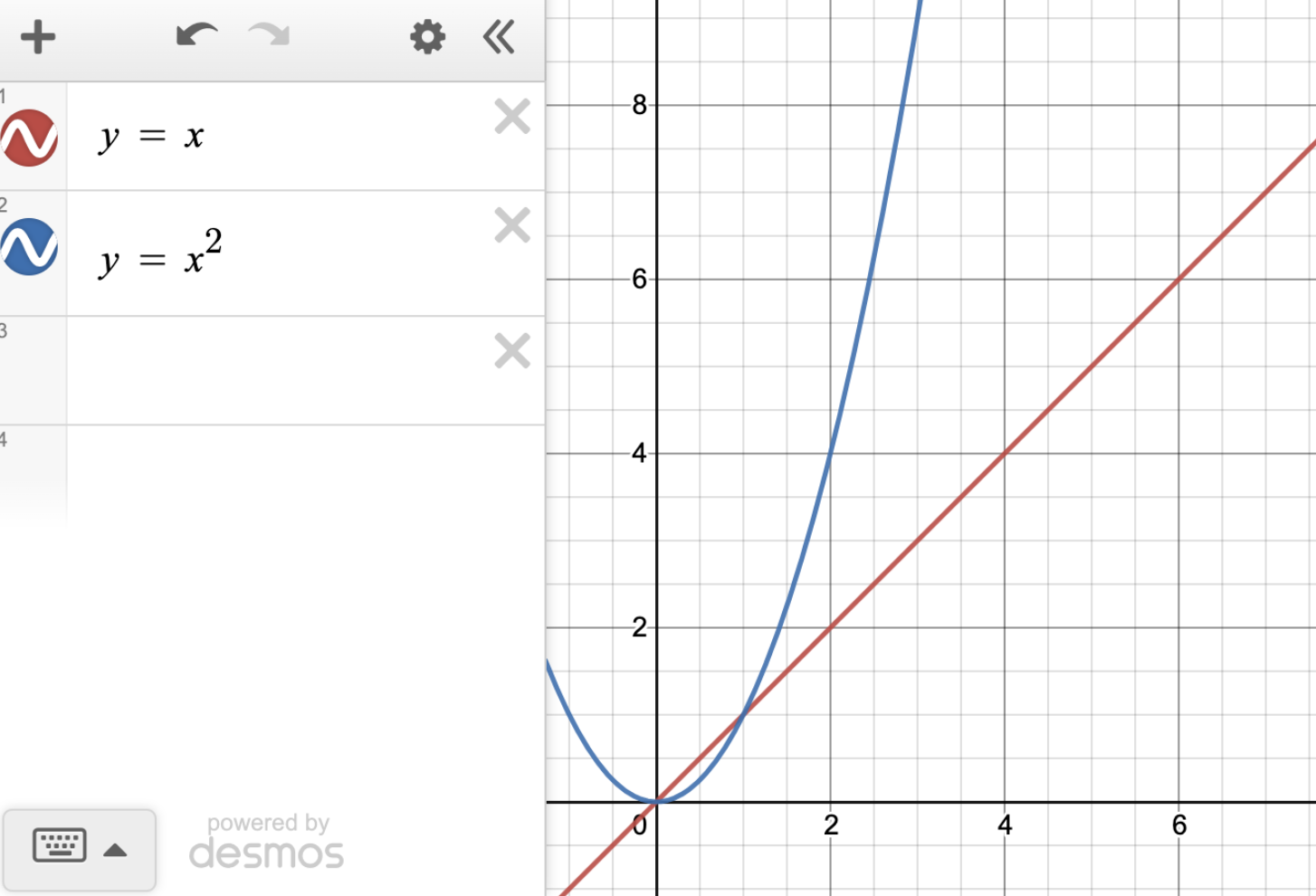
Graphs: A new model for representing images

A Graph is a collection of vertices, and edges between them. They’re used as a general model for many problems.
In our images every ____________ is a vertex, and every ____________ is an edge.
Our fast algorithm for Voronoi Art mirrors a classic algorithm on graphs called Breadth First Search.
Breadth First Search
Breadth-first search (BFS) is an algorithm for traversing or searching tree or graph data structures. It starts at the tree root (or some arbitrary node of a graph), and explores all of the neighbor nodes at the present depth prior to moving on to the nodes at the next depth level. (–Wikipedia)
Graphs
The Internet, circa 2003
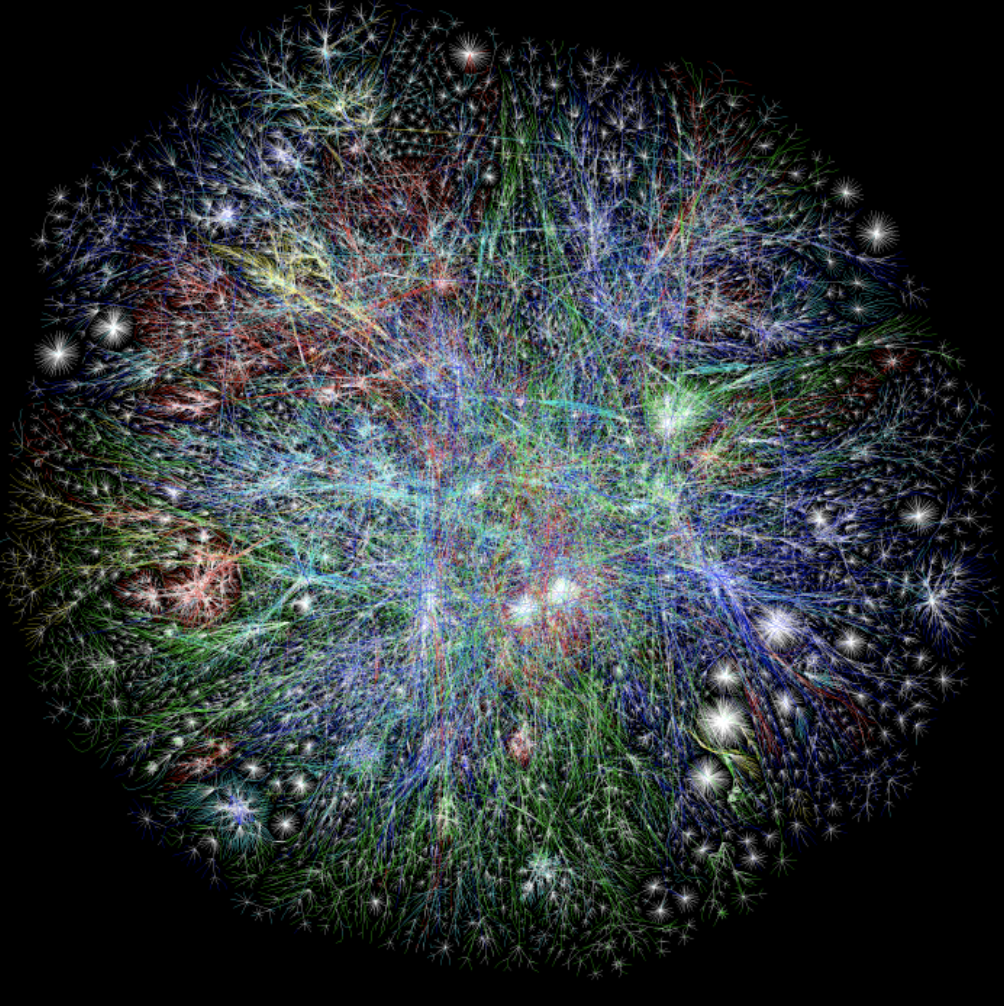
Graph \(G = (V, E)\)
- \(V\):
- \(E\):
Degree of a vertex:
A Conflict Graph
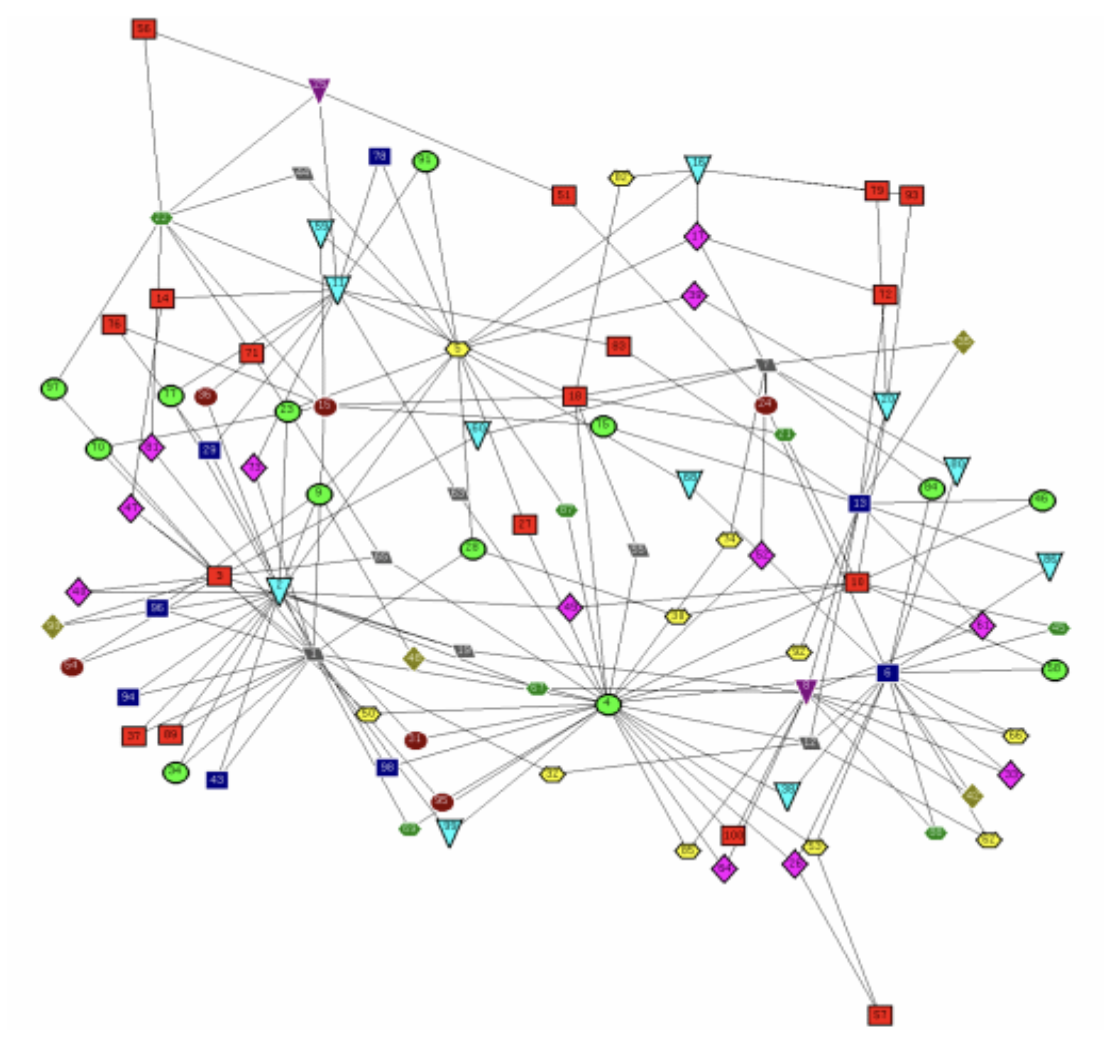
Graph \(G = (V, E)\)
- \(V\):
- \(E\):
Labels:
Neighbors:
What’s special about the vertex labels of this graph?
A Complete Graph
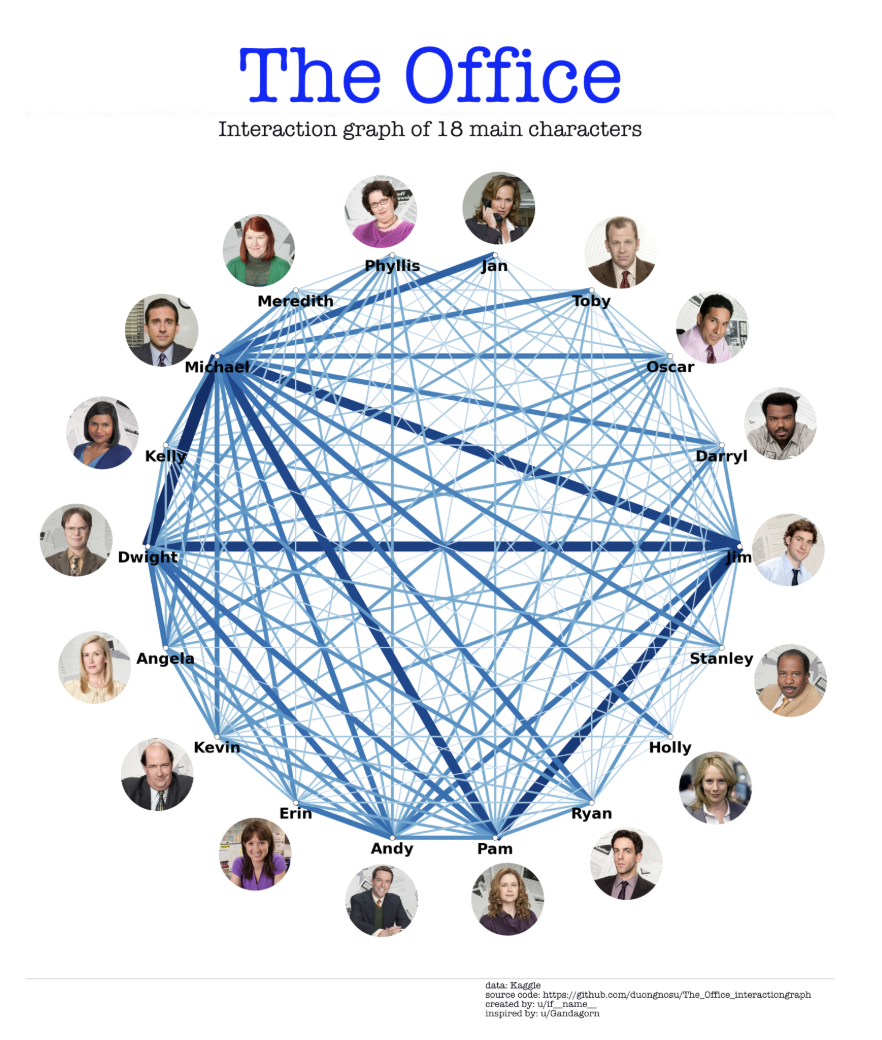
Graph \(G = (V, E)\)
- \(V\):
- \(E\):
A graph is complete if it contains all possible edges.
How many edges in a complete graph of n vertices?
Rush Hour
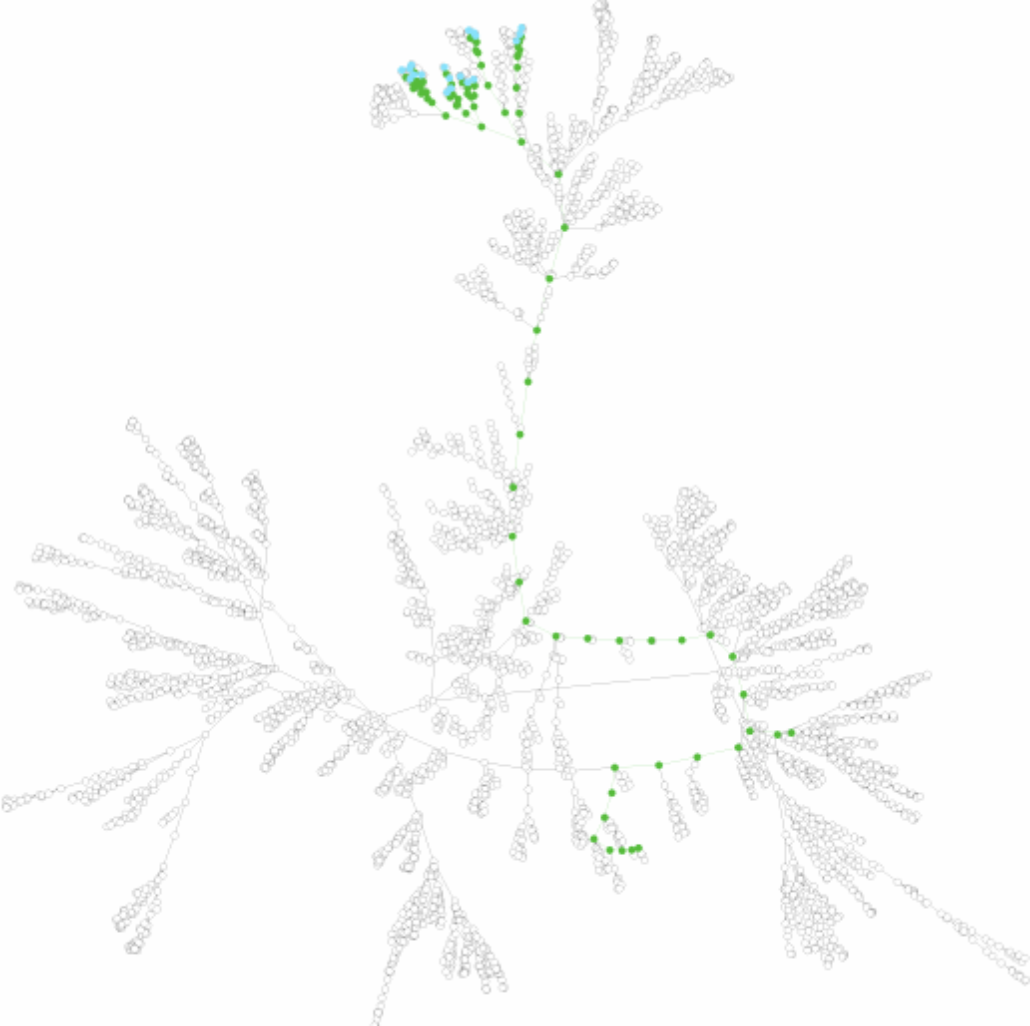

Graph \(G = (V, E)\)
- \(V\):
- \(E\):
Path:
State Machine

This graph can be used to quickly calculate whether a given number is divisible by 7.
Start at the circle node at the top. For each digit \(d\) in the given number, follow \(d\) blue (solid) edges in succession. As you move from one digit to the next, follow 1 red (dashed) edge. If you end up back at the circle node, your number is divisible by 7.
3703
The Stanford Bunny

Graph \(G = (V, E)\)
- \(V\):
- \(E\):
Planar Graph:
Graph Explorations
A graph \(G\) is defined by a set of vertices \(V\), and a set of edges \(E\).
Algorithm running time is typically described using the number of vertices, but execution usually depends on the number of edges, so we must understand the relationship between them.
How Many Edges?
Suppose I tell you a connected graph has 100 vertices. What do we know about the number of edges?

At least __________ edges because the graph is connected.
At most _________ edges which occurs when the graph is complete.
Handshaking
Suppose I tell you a graph has 28 vertices, each with degree 3. How many edges does it have?

The following are equivalent:
- The number of neighbors of a vertex.
- The number of incident edges of a vertex.
- The degree of a vertex.
Degree Games
Suppose I drop my graph and it shatters into pieces. If I tell you the degree of each of the vertices, can you reconstruct the graph?
An algorithm for finding a graph, given a degree sequence, is described in the practice problems.

Pencil Puzzles

Trace each graph without lifting your pencil and without revisiting an edge.
Can all graphs be traced?
What characterizes those that cannot?
Social Network
Graph \(G = (V, E)\)
Connected Graph:
Connected Component: